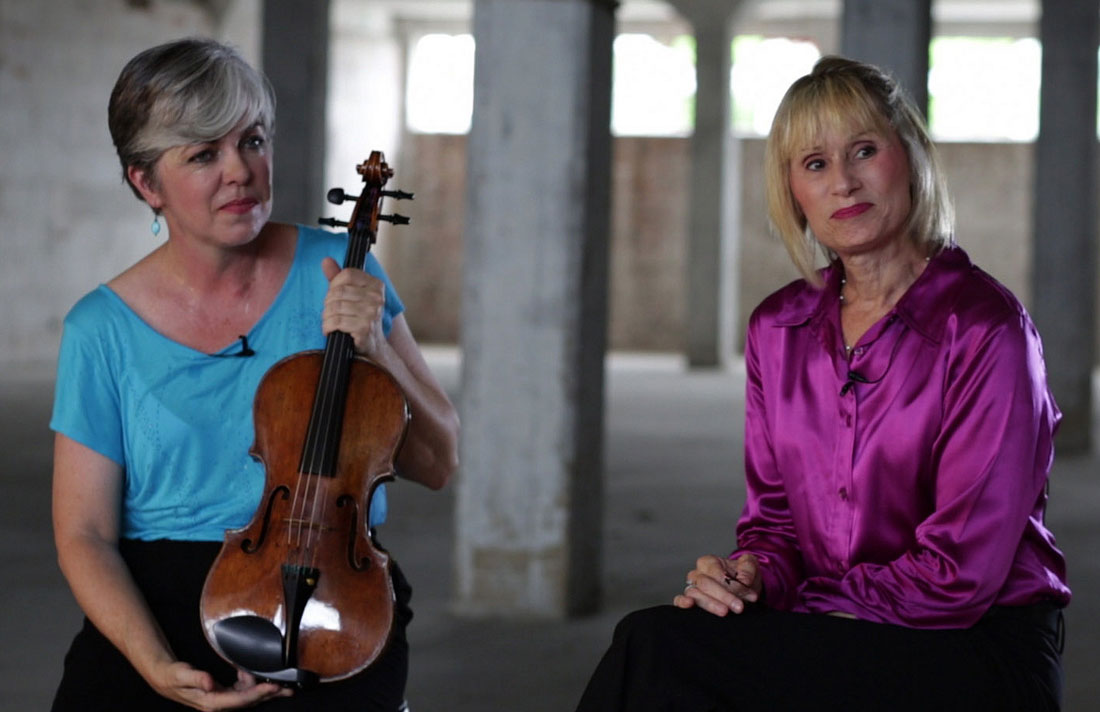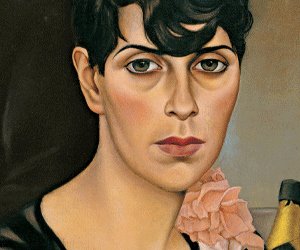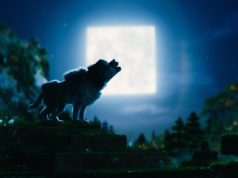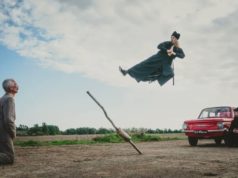“As far as I know, we’re the first ones,” said Paul Unger. The 43-year-old bassist for the Fort Worth Symphony Orchestra was referring to the series of short documentary films that he has made along with filmmaker Erik Clapp that profile individual members of the orchestra. The films have gone up online in the last few weeks, both on Vimeo and on the FWSO musicians’ website. These videos seem to represent a first in the classical music world. Many orchestras have an online presence, but none of them has spotlighted musicians one or two at a time the way Clapp and Unger’s films have. “I thought it would be a great way to reach more people,” said Unger, who hinted at more such innovations to come from FWSO as it celebrates its 100th anniversary.
Clapp and Unger met in 1996 when they were studying film at the University of Texas at Arlington. There they collaborated on Unger’s 25-minute short film The Last Supper, which screened at the Tribeca Film Center (co-founded by Robert De Niro). Unger stopped making films to concentrate on music, but he stayed in touch with Clapp, who works as the director of video services at Fort Worth’s Immotion Studios, producing commercials and corporate videos. The 39-year-old Clapp was profiled in the Weekly’s pages in 2005 when he directed his first feature, a black-and-white horror film called Seventy-8, for which Unger wrote the score. The coolly studious Clapp and the jocular Unger are contrasting personalities who mesh well, joking easily and deferring to each other when a question calls for one person’s expertise.
The FWSO project started with Unger, who pitched the idea to his fellow orchestra members at a musicians-only meeting before going forward. Unger “had been talking about this for a while, talked about several ways of doing it,” Clapp recalled. “It was hard to coordinate the schedules of all the musicians, but once we got two shooting dates, we started to think, ‘This is doable.’ ”
The subjects were selected by Unger, who conducted the on-camera interviews, aided by some written questions from Clapp. “Many more people wanted to participate than we had time for,” Unger said. “We couldn’t get to everybody, so we tried to pick a variety of stories.”
In one, percussionist Preston Thomas relates an anecdote about his tetchy but ultimately rewarding encounter with his musical idol, the composer Henry Mancini. In another, clarinetist Victoria Luperi tells more expansive stories of how she first chose the clarinet and how she fell in love with her husband Andrés Franco, who is now the FWSO’s associate conductor. One short film is entirely taken up with oboist Jane Owen describing how she carves reeds for her instrument. The segment “didn’t do very well at first,” Clapp said. “I thought, ‘I guess people just don’t care.’ Then a website called Oboe Insight picked it up, and [the page views] went through the roof.”
The first set of interviews was conducted at the old Supreme Golf Warehouse on South Main Street, before the building’s current renovation work. “It had this grand, epic feel with huge, empty rooms,” Clapp said. “The columns reminded me of Bass Hall. The only bad thing was that there was no air conditioning. By the end of the day, we were all wrapped in beach towels.”
The second day of shooting was done at Scat Jazz Lounge, where Unger has frequently played in his other career as a jazz musician. The filmmakers shot footage not only of interviews but also of the musicians playing their instruments, which in most cases provided a soundtrack for the films. Shooting was done on a whirlwind schedule and a tiny budget that was paid for mostly out of the musicians’ pockets, though Clapp significantly reduced his fee. “I think we did the whole thing for $800,” Clapp said. “To think we shot 10 documentaries in eight hours is pretty insane.”
The series has now gained a following online, with each installment gaining tens of thousands of hits. “I figured a few friends or symphony subscribers might see these,” Unger said. “Now I hear from people all over the world who’ve watched. It blew my mind.”
All 10 of the films will be screened in public on Saturday, Aug. 30, as part of a concert at Arborlawn United Methodist Church in south Fort Worth that will benefit the church’s program to feed hungry children. Unger says there are further stories about other musicians that he and Clapp want to commit to film, including some from the orchestra’s 1983 tour of China. He’s also enthusiastic about FWSO’s new management and their ideas for making the organiztion into one of the country’s leading orchestras, though he doesn’t want to give away specifics about their plans for accomplishing that.
In the meantime, the films themselves provide a window onto an aspect of classical music that’s often poorly understood. “When you see the orchestra play, they’re often faceless,” Clapp said. “ [This project] really gave me an insight about what it took for these people to train and become what they are.”













Thanks so much for mentioning my website. Of course one question regarding my site … is it “Oboe Insight” or “Oboe In Sight” or is it all one word, as I write it at the sight? 😉
Actually, Fellini was first. He did something similar in his underrated 1978 film, Prova d’Orchestra (Orchestra Rehearsal) using an orchestra as a metaphor for anarchy. In a series of brief “interviews” various orchestra members talk about their instruments. Then they proceed to physically attack each other and the director and destroy the rehearsal room. Hilarious. It also features wonderful music by Nino Rota in his last Fellini collaboration before his death. It’s a kick. Check it out:
http://en.wikipedia.org/wiki/Orchestra_Rehearsal